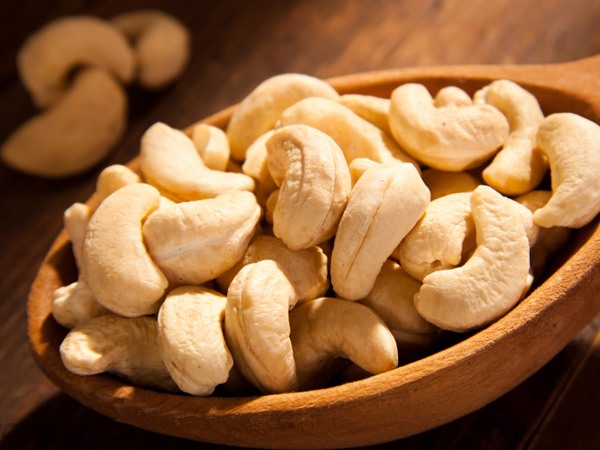 Economy
Economy

Minister of Agriculture and Rural Development Nguyễn Xuân Cường has called for greater efforts to address the shortage of raw materials faced by the domestic cashew processing industry, saying that remains the biggest challenge for the sector’s development.
 |
| Việt Nam exported the first batch of cashews in 1988. After 28 years, the country is now the biggest cashew processor in the world, making more than 50 per cent of global output. — Photo hatdieudongnai.vn |
HÀ NỘI — Minister of Agriculture and Rural Development Nguyễn Xuân Cường has called for greater efforts to address the shortage of raw materials faced by the domestic cashew processing industry, saying that remains the biggest challenge for the sector’s development.
Unless that obstacle is removed, Việt Nam’s cashew industry will not be able to compete with foreign growers and producers, Cường said at a conference last week on sustainable development of Việt Nam’s cashew sector.
According to the minister, Việt Nam exported the first batch of cashews in 1988. After 28 years, the country is now the biggest cashew processor in the world, making more than 50 per cent of global output.
In 2016, Việt Nam earned US$2.8 billion from exporting 347,000 tonnes of processed cashew and expects to reap $3.2-3.3 billion this year. “However, we have to import more than 60 per cent of cashew seeds,” Cường noted.
“Over the past 10 years, cashew tree planting areas have been shrunk and productivity has declined from 1.1 tonnes per hectare to 0.75 tonne,” he said, adding that many cashew trees are stunted, while some cashew trees have been replaced with industrial trees such as rubber, coffee and pepper.
“Is the cashew sector no longer attractive to investors or don’t we know how to make it more attractive?” the minister asked.
Rising world demand
Lê Văn Liền, an expert in cashew market analysis, said global demand for raw cashew is rising six per cent per a year but supply is only increasing by only 3.5 per cent due to harvest loss, drought and climate change. This, in turn, is hiking prices.
“The world supply of cashew material is growing slowly, providing Việt Nam with a chance to move forward if we can develop high-yield, stable output planting areas.”
Nguyễn Khắc Hải, general director of PAN Group, an agriculture and food company, said Việt Nam should be active in providing raw material sources for itself by replanting.
The southern province of Bình Phước, for example, has total cashew tree planting area of 180,000ha but the proportion of old and stunted trees accounts for 30 per cent. “We have to find a replanting method to bring more profit to farmers, thereby encouraging them participate in the activity,” he said.
Hai estimated that after replanting, productivity would rise from 1.4 tonnes to 2.4 tonnes per hectare, and farmers’ income would probably double from VNĐ35 million ($1500) to VNĐ76 million per hectare.
The cost for replanting 1ha of cashew trees and the first year of production is approximately VNĐ30 million, thus the total cost of the whole area in Bình Phước is estimated at $246 million, Hải said.
He said the group would support the cashew tree replanting on 10,000ha in Bình Phước and ensure all the output is consumed.
Minister Cường asked the PAN Group and provincial authorities to continue studying new varieties, training human resources and investing more in production value chains to add value to cashew products. — VNS




